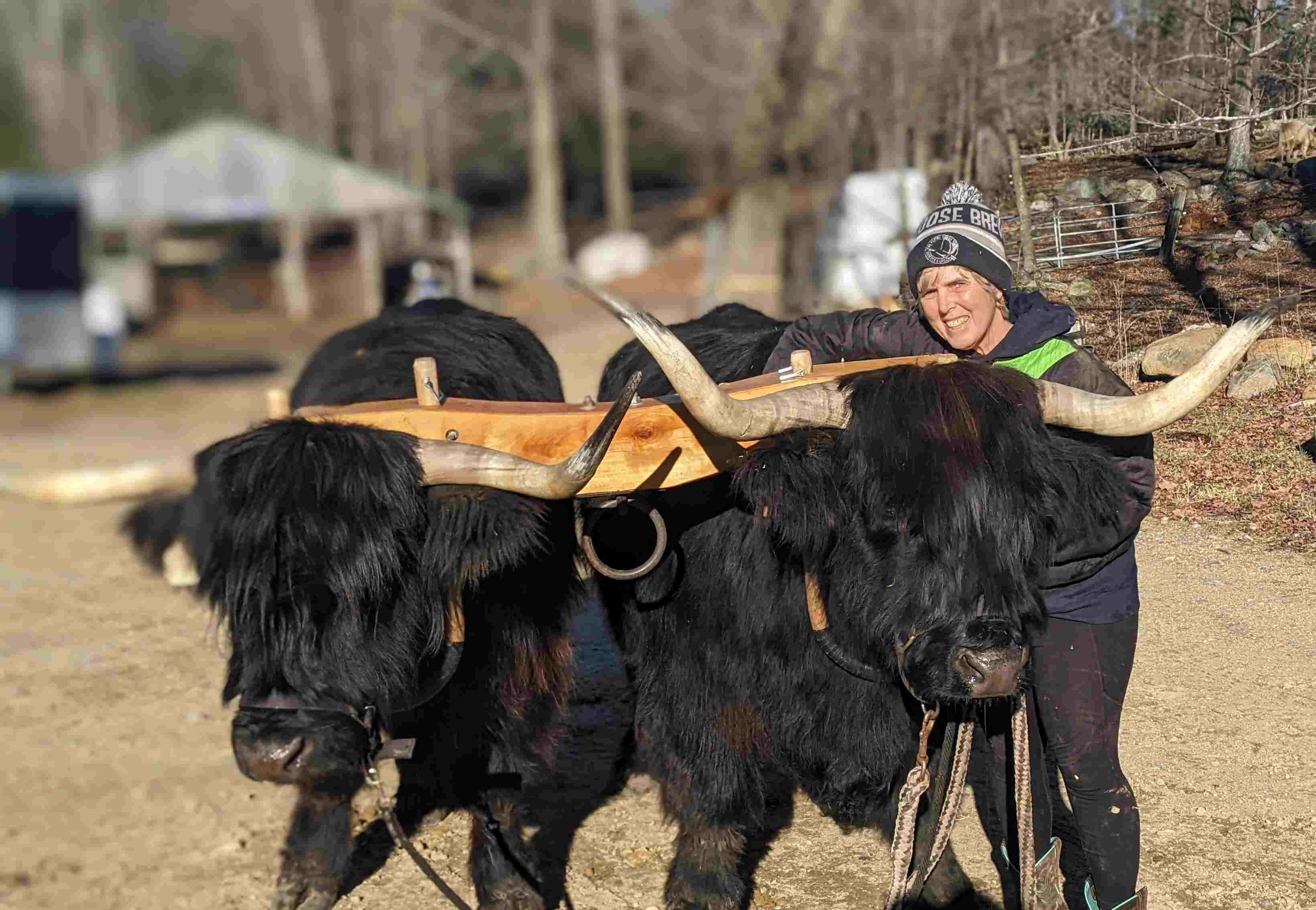Celebrating 50 Years of Current Use
posted on
July 10, 2023
Miles Smith Farm cattle graze on land that has been kept open thanks to the New Hampshire Current Use Law. This law is the cornerstone in maintaining the state’s rural character.

Some laws try to keep us safe, and others annoy some of us, but there is one law that we should all be grateful for, the Current Use law.
On June 28, 1973, New Hampshire Governor Meldrim Thomson signed HB 307, establishing the Current Use law (RSA 79-A). The law went into effect a few days later, on July 1, and culminated an effort to tax open space land at its “productive capacity.” This means that land is taxed at its income-producing capability as forest, farmland, or undeveloped land rather than at its value as a building site.
The passage was led by the SPACE coalition, of which the New Hampshire Farm Bureau was (and is today) a member.
Prime Real Estate?
NH. Farm Bureau policy states Current Use “is the foundation of New Hampshire’s working farm and forest landscape and the cornerstone in maintaining the state’s open space lands.” A 2021 survey found that nearly one-half of Current Use landowners could not hold on to their open space land if taxed at its full market value. If Current Use were eliminated, over 90% would either have to sell their land, sell a portion of it, or find it a burden to hold on to.
My farmland has been in Current Use since 1973. If my land were taxed as prime real estate, I would have sold most of it years ago. Why would that be a bad thing for the town?
How it Works
So here’s how that works. Sending a child to public school is paid through property taxes, averaging $19,399 per year per student. Don’t get me wrong. I love kids and education. We don’t have children, but I don’t mind that for 50 years, my property taxes have paid for the education of so many children. That’s the way it should be.
But here’s the thing. If a farmer sells land to a family with one child, the family might pay $6,000 in taxes for a two-bedroom house, but sending that child to school costs the town almost $20,000 yearly. That means we must find $14,000 for that child’s education. That’s ok because we want to give our kids the best education possible. But you can see that keeping land open reduces towns’ costs.
Everyone Benefits
There are other benefits too. Keeping land open means we can all ski, snowshoe, fish, hunt, hike, or observe nature on land that, without Current Use protection, might be a house lot or subdivision—keeping space open benefits everyone, even if you’re not the land owner.
Hats off to the New Hampshire Farm Bureau and other organizations for working with the New Hampshire legislature to maintain an effective Current Use program. If you want to learn more about this program, go to: www.revenue.nh.gov/current-use, where you’ll find a Current Use Booklet. This great program has helped and will continue to help New Hampshire farmers like me to keep farming and provide open space for everyone.



